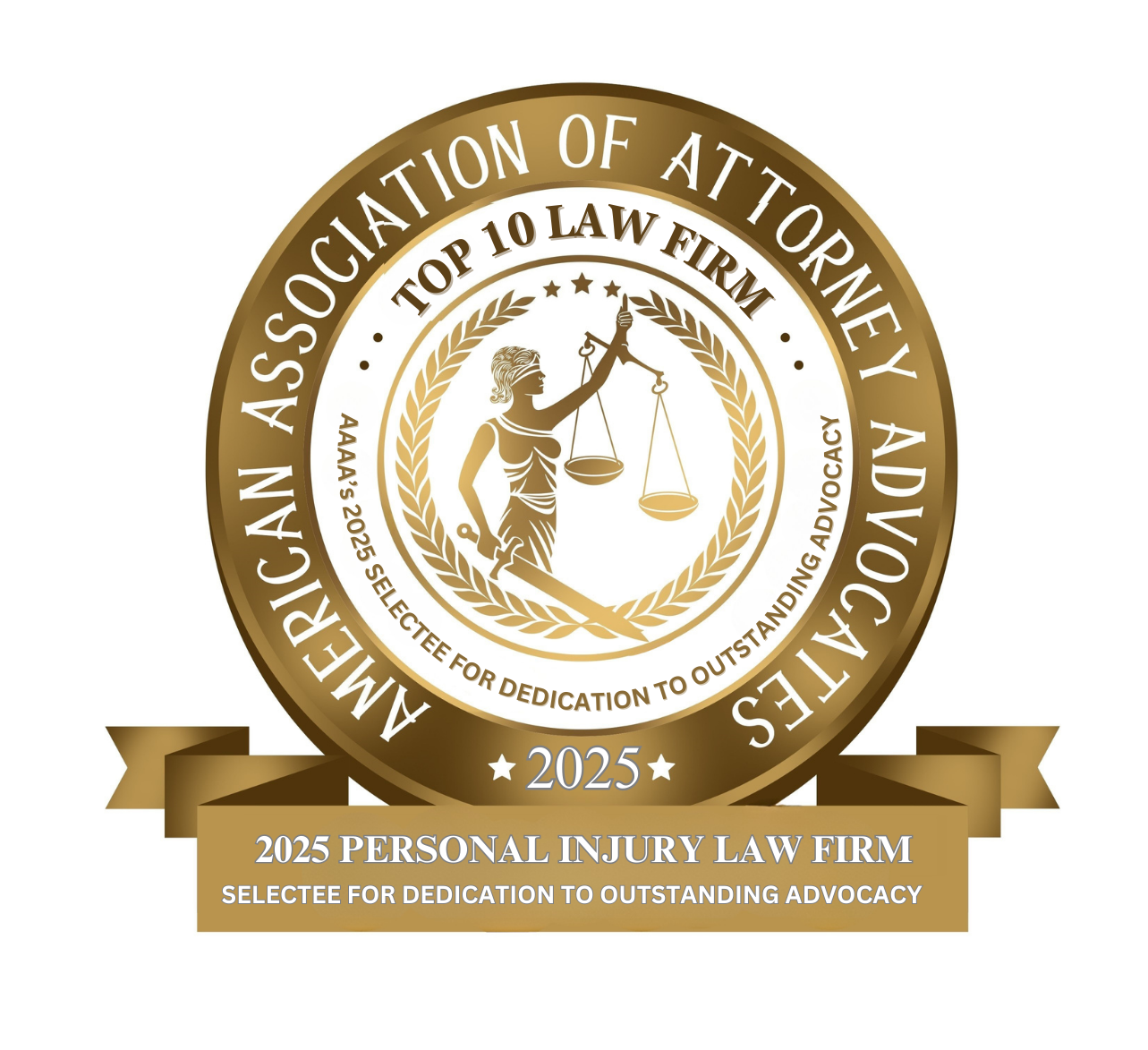- Free Consultation: (630) 527-4177 Tap Here to Call Us
Understanding Floor Surfaces and Their Role in Slip and Fall Cases

Slip and fall accidents are often influenced by the type of floor surface on which they occur. Whether it’s a polished tile in a shopping mall or a weathered concrete walkway, the condition of the surface plays a critical role in determining the likelihood of an accident. At John J. Malm & Associates, our top-rated DuPage County slip and fall attorneys know how different floor surfaces contribute to slip and fall incidents and how these factors affect personal injury claims.
Types of Floor Surfaces in Slip and Fall Cases
- Tile and Stone Flooring
- Risk Factors: Tile and stone are common in commercial buildings due to their durability and aesthetics. However, these surfaces can become highly dangerous when wet or improperly maintained. The National Floor Safety Institute (NFSI) notes that slips and falls account for over 1 million hospital emergency room visits annually, and many occur on tile or stone flooring.
- Case Law: In Newsome-Bogan v. Wendy’s Old Fashioned Hamburgers of New York, Inc., 2011 IL App (1st) 082860, a plaintiff slipped on a wet tile floor near a trash can, and the court found the business liable for failing to provide adequate warning. The ruling emphasized the business owner’s duty to mitigate hazards in high-traffic areas.
- Hardwood and Laminate
- Risk Factors: While aesthetically pleasing, hardwood and laminate floors can become slippery when polished or waxed. The Occupational Safety and Health Administration (OSHA) sets safety guidelines, including maintaining appropriate traction levels on walking surfaces, recommending a coefficient of friction (COF) to prevent slip and falls.
- Case Law: In Hresil v. Sears, Roebuck & Co., 82 Ill. App. 3d 1000 (1980), the court evaluated the role of floor maintenance and cleaning practices after a customer slipped on a polished floor in a department store. The plaintiff was able to prove that improper waxing contributed to the hazardous condition.
- Carpeted Flooring
- Risk Factors: Carpets typically offer more traction than hard surfaces but can still pose risks, especially when torn, bunched, or improperly installed. Hazards like loose edges or concealed objects can lead to trips and falls.
- Case Law: Illinois courts have discussed the importance of maintaining carpeted areas and have held defendants liable for failing to repair a defective carpet that caused the plaintiff’s fall.
- Vinyl and Linoleum
- Risk Factors: Vinyl and linoleum are popular in residential and commercial settings due to their water resistance. However, these surfaces can lose their traction as they wear down, especially in high-traffic areas. Applying improper cleaning agents can also lower their COF, increasing slip risks.
- Concrete
- Risk Factors: Concrete is commonly used in outdoor areas such as sidewalks and parking lots. While generally safe under dry conditions, rain, ice, or snow can significantly reduce its COF, increasing the likelihood of falls. The Snow and Ice Removal Act (745 ILCS 75/2) exempts residential property owners from liability for natural snow or ice accumulations, but not for defects in the concrete surface itself.
- Case Law: In Murphy-Hylton v. Lieberman Mgmt. Servs., Inc., 2016 IL 120394, the Illinois Supreme Court found a property management company liable for failing to address structural defects in a walkway, which exacerbated the risk of slipping on accumulated ice.
Common Injury Types in Slip and Fall Cases
Slip and fall accidents can result in a wide range of injuries, some of which are severe and life-altering. Common injuries in these cases include:

- Fractures and Broken Bones
- Injury Details: Falls often result in fractures, particularly in the wrists, arms, and hips. According to the Mayo Clinic, hip fractures are especially common among older adults and can have devastating consequences, often requiring surgery and long-term rehabilitation .
- Common Causes: Hard surfaces such as tile, concrete, and hardwood floors can lead to severe fractures when individuals fall without sufficient time to brace themselves.
- Head Injuries and Traumatic Brain Injuries (TBI)
- Injury Details: Falls are a leading cause of traumatic brain injuries (TBI). Even a minor slip can cause a person to hit their head on the floor, leading to a concussion or more severe brain trauma. The Centers for Disease Control and Prevention (CDC) notes that TBIs from falls can result in long-term cognitive impairments and other neurological issues .
- Common Causes: Slip and fall accidents involving wet or uneven surfaces frequently result in head injuries due to the sudden nature of the fall and impact with the ground.
- Spinal Cord Injuries and Back Injuries
- Injury Details: Slip and fall accidents can cause herniated discs, fractured vertebrae, and other spinal injuries that may require surgery and long-term care. The Mayo Clinic reports that spinal cord injuries from falls can result in partial or complete paralysis, depending on the severity and location of the injury .
- Common Causes: Falls from heights or onto hard surfaces are common causes of spinal injuries, especially in areas where maintenance issues are prevalent.
- Soft Tissue Injuries
- Injury Details: Strains, sprains, and tears of ligaments and tendons are common in slip and fall accidents. While these injuries may not seem as severe as fractures, they can lead to chronic pain and mobility issues if left untreated. Soft tissue injuries often require months of physical therapy or surgery for recovery.
- Common Causes: Soft tissue injuries can occur on any surface, but they are more frequent in slip and fall accidents where the victim twists or lands awkwardly during the fall.
How Coefficient of Friction Affects Slip and Fall Cases
The coefficient of friction (COF) measures how much resistance exists between a surface and an individual’s footwear. It is a critical factor in determining whether a floor surface is safe for walking. According to OSHA and ADA guidelines, a COF of 0.5 or higher is generally considered safe for walking surfaces, but this can be reduced significantly by factors such as water, cleaning products, or structural defects.
Liability in Slip and Fall Cases
Slip and fall accidents typically require a showing of negligence, meaning the property owner or manager failed to maintain a safe environment. In some cases, despite serious injuries, property owners may not be held liable:
- Natural Accumulations: In Illinois, the Snow and Ice Removal Act shields property owners from liability for injuries caused by natural accumulations of snow or ice.
- Open and Obvious Hazards: Illinois courts have ruled that property owners are not liable for hazards that are clearly visible and can be avoided by exercising ordinary care.
However, property owners can still be held liable when a hazardous condition is not open and obvious or when combined with structural defects, as in Murphy-Hylton. At John J. Malm & Associates, we thoroughly investigate the surface conditions, maintenance history, and other factors in every slip and fall case to identify liable parties and build a strong case for our clients.
Contact the Illinois Slip and Fall Injury Attorneys at John J. Malm & Associates
Slip and fall accidents can happen on a variety of surfaces, each presenting its own risks. By understanding how different floor materials and the coefficient of friction influence slip and fall cases, victims can better navigate their legal options. If you or a loved one has been injured in a slip and fall accident, contact the Illinois personal injury lawyers at John J. Malm & Associates for a free consultation. We will investigate your case thoroughly and pursue the compensation you deserve.















